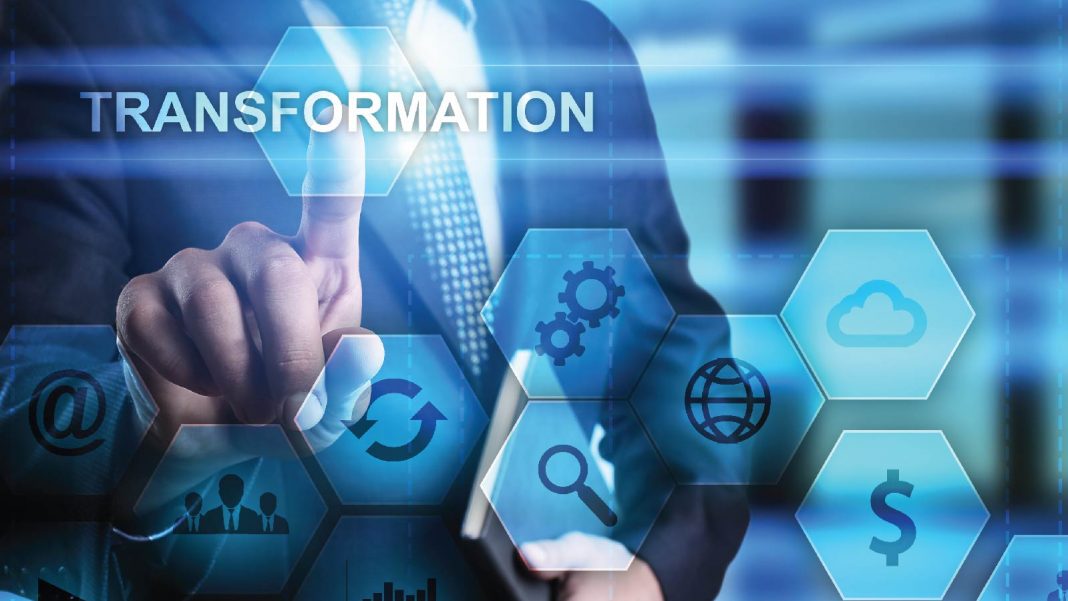The speed of innovation today has propelled enterprises to not only transform digitally, but fundamentally.
Post-2000, technology leaders have struggled with a challenge that does not seem to go away. They have to keep abreast of rapid-fire innovation and technology-driven disruptions and to do that, they need to reorganize the systems at the same pace.
This is not merely a tech challenge but involves investments as well. To equip the enterprise as per the evolving industry needs, it is not just challenging, but also drains a disproportionate amount of IT budget.
The line between technology organization and business has blurred, and there is a critical need to orient technology teams around business outcomes and products. Even after all this, IT leaders miss the mark as they realize the tough situation. According to Deloitte, every company has become a tech company, and every employee is now a technologist.
Technology and business teams must work together to deliver outcomes without sacrificing the essential enterprise needs like scalability, security, reliability, and maintainability — these shape the ambitions to look beyond conventional approaches and technologies.
Read More: Enterprise Digital Transformation Efforts for Enriched Employee and Customer Experience
It all boils down to the business of technology and how companies integrate it into their strategies. It requires a lot more effort than making changes in the technology teams. It becomes a CEO and board-level conversation to not just understand but also prioritize and execute changes and strategies that help to leverage the disruption caused by new technology.
It is core modernization that answers how companies with significant investments in their legacy systems can extract more value by making these systems a foundation for new disruptive innovations.
This becomes more challenging, considering the complexity of legacy environments and the magnitude of technical debt. Core modernization involves making a roadmap to build a next-generation ERP core to incorporate digital and cloud forces, rather than just enabling them.
The companies that lead in digital transformation see an opportunity in converting technical debt into technical equity. Core modernization also provides an opportunity for the IT teams to chart an entirely new course.
CEO’s must choose from several modernization strategies. They have to choose from options of the platform, revitalize, replace, remediate, and retrench. While some may decide to upgrade and reuse legacy assets, others replace them altogether with cloud technologies.
The challenge is to determine the combination of which of these five Rs can help an organization achieve goals. This includes knowing the core components that meet the company’s business objectives and cannot swift as per the market’s and customer’s demands.
Read More: Digital Transformation Predictions for Marketers in 2020
The CIO has to identify the useful life of every legacy asset in the IT portfolio and consider which assets address things that the business cares deeply. These include the ability to respond to market conditions as well as address the customer’s evolving needs. This then has to be layered in technology terms of reliability, seal-ability, and security to prioritize investment for modernization.
Along with the systems, it is also important to have cyber risk strategies built and managed from the ground up. They have to be embedded in the business policies within the system designs and IT architecture.
Business and IT leaders must collaborate to define a comprehensive cyber risk strategy that encompasses privacy, security, integrity, and confidentiality. Before devising plans for recovery and mitigation, it is essential to consider the organization’s risk tolerance, identify the vulnerable gaps, and the most valuable data and systems.

